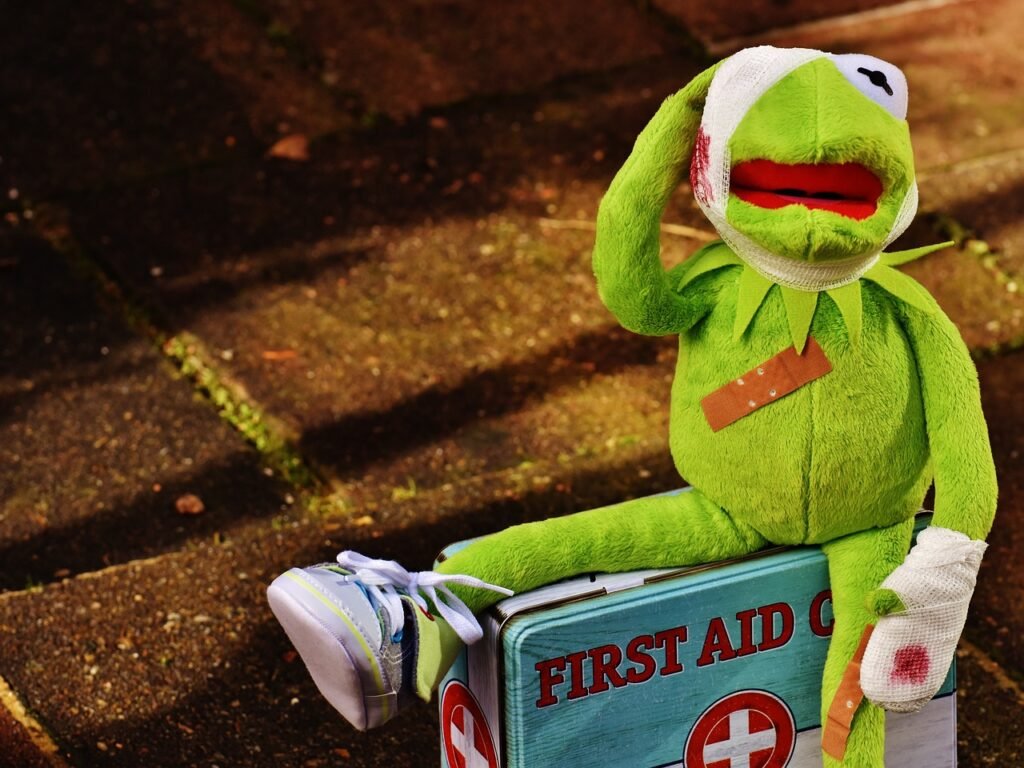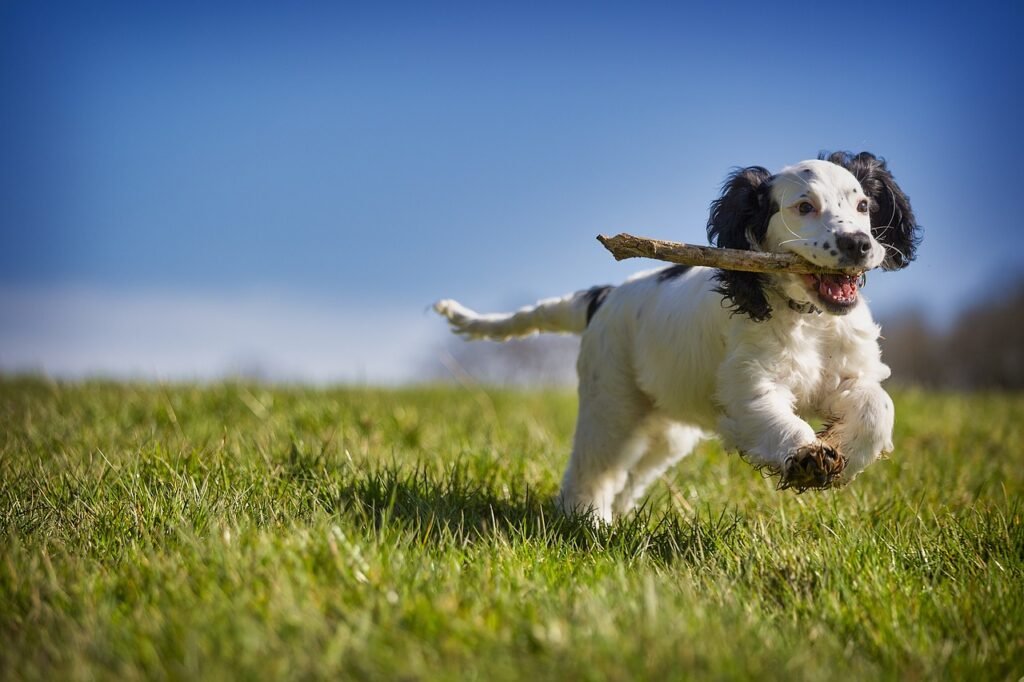Be Prepared, Stay Calm, Save Lives
As a devoted pet owner, you’re committed to providing the best care and love for your furry companion. But what happens when unexpected emergencies strike, and your pet needs immediate attention? In this blog post, we’ll equip you with essential pet first aid skills and information on crucial supplies that every responsible pet owner should have on hand. By the end, you’ll be prepared to confidently handle unforeseen situations, ensuring the safety and well-being of your cherished pet.
1. Immediate Assessment
In any pet emergency, your first step is to remain calm and assess the situation. Ensure both your safety and your pet’s, then check for responsiveness and breathing. If your pet is unconscious or not breathing, you may need to perform CPR (Cardiopulmonary Resuscitation) if you’re trained in this technique.
2. Know the Basics of Pet CPR
Learning how to perform pet CPR is invaluable. Look for local pet CPR and first aid classes or online resources to familiarize yourself with this life-saving technique. It’s a skill that can make all the difference in an emergency.
3. Handling Injuries
If your pet is injured and frightened, approach them gently and calmly. Use a muzzle or a makeshift one with a piece of fabric to prevent accidental biting if your pet is in pain. Be cautious; even the most docile pets can react out of fear or discomfort.
4. Stabilizing Fractures
In the case of a suspected fracture, immobilize the injured limb using a makeshift splint, such as a rolled-up magazine or a wooden board, before carefully transporting your pet to a veterinarian.
5. Control Bleeding
In the event of bleeding, apply gentle pressure with a clean cloth or gauze to the affected area. Elevate the wound if possible, but avoid restricting blood flow too much. Seek professional veterinary care promptly.
6. Poisoning
If you suspect your pet has ingested a toxic substance, contact your veterinarian immediately or call a pet poison control hotline. Keep the phone numbers for these resources readily accessible.
7. Choking
If your pet is choking, try to remove the object using pliers or tweezers, but be cautious not to push the object further down the throat. If unsuccessful, perform the Heimlich maneuver, which differs between dogs and cats.
8. Burns and Scalds
For burns or scalds, flush the area with cool (not cold) running water for several minutes. Then, cover the wound with a clean, sterile dressing. Seek immediate veterinary care for further assessment.
9. Heatstroke
Pets are susceptible to heatstroke. If your pet is panting excessively, drooling, or showing signs of overheating, move them to a cooler area, offer water, and use cool, not cold, water to lower their body temperature. Seek veterinary attention if the symptoms persist.
10. Paw Pad Injuries
Injuries to paw pads are common. Clean the wound with mild soap and water, apply an antiseptic, and protect it with a bandage or sock. If the injury is severe or becomes infected, consult your vet.
11. Hypothermia
In cold weather, pets can suffer from hypothermia. Keep them warm with blankets and heated pads. Warm them gradually and seek professional help.
12. Assemble a Pet First Aid Kit
Every responsible pet owner should have a well-equipped pet first aid kit at home. Include items like bandages, gauze, antiseptic wipes, scissors, tweezers, and a pet thermometer. Keep a list of emergency numbers and your pet’s medical records in the kit.
13. Educate Yourself
Continually educate yourself about common pet health issues and first aid techniques. Online resources, books, and classes can help you stay informed and prepared for any situation.
14. Contact Your Vet
Remember, pet first aid is not a substitute for professional veterinary care. Always contact your veterinarian or an emergency animal clinic for guidance and care beyond basic first aid.
15. Stay Calm and Reassuring
In any pet emergency, your calm demeanor and reassuring voice can provide comfort to your pet. Your presence can be the best form of first aid, helping to keep your pet calm and less stressed.
Being prepared with pet first aid skills and supplies can make a life-saving difference in emergencies. By acquiring this knowledge and assembling a well-stocked first aid kit, you’re not only demonstrating your love and commitment to your pet’s well-being but also ensuring that you’re ready to respond effectively when your beloved companion needs you the most. Your pet relies on you for their safety and care, so invest in their health and be their hero in times of need.



